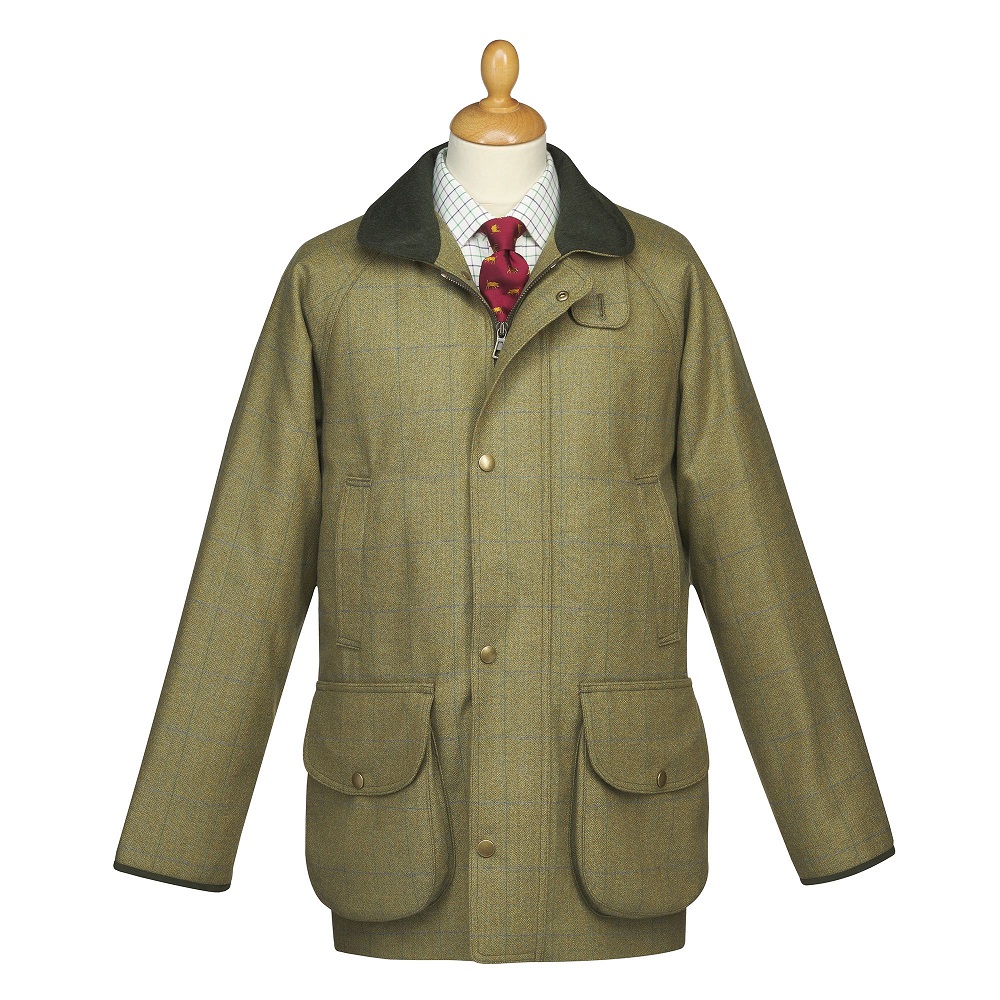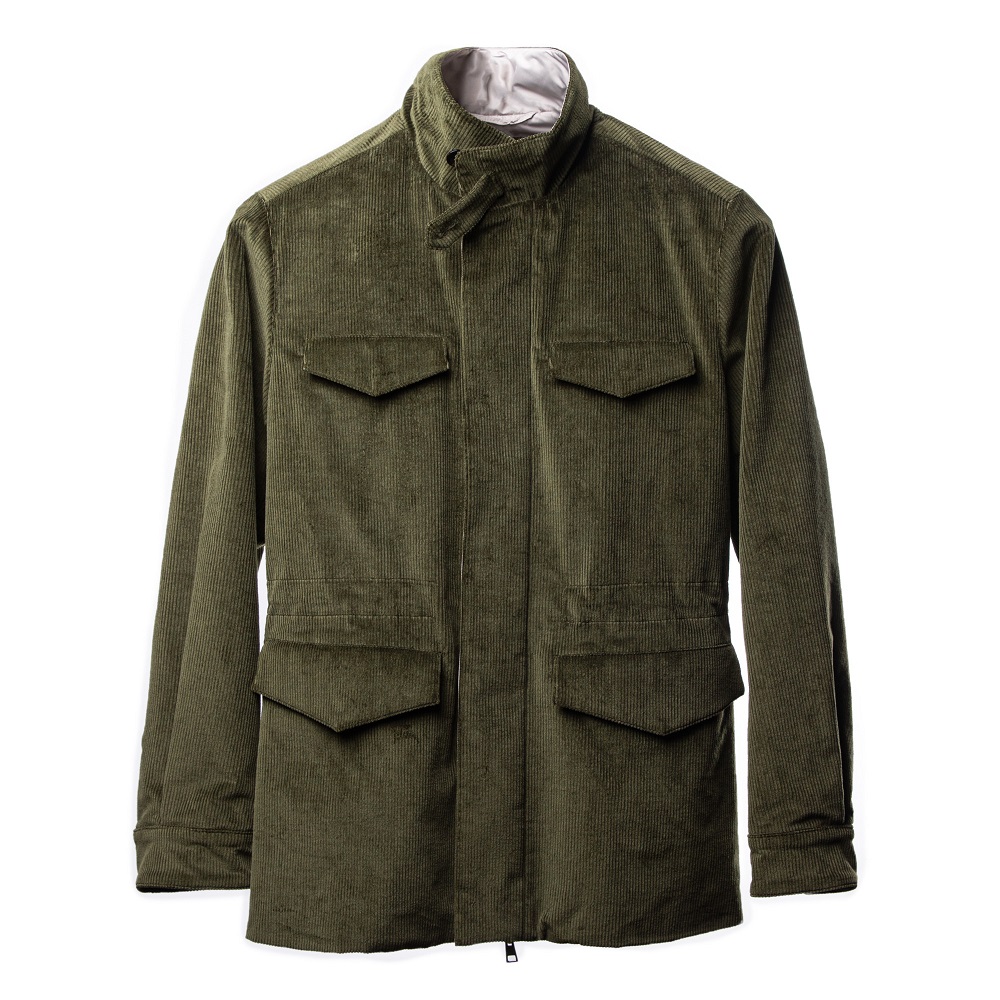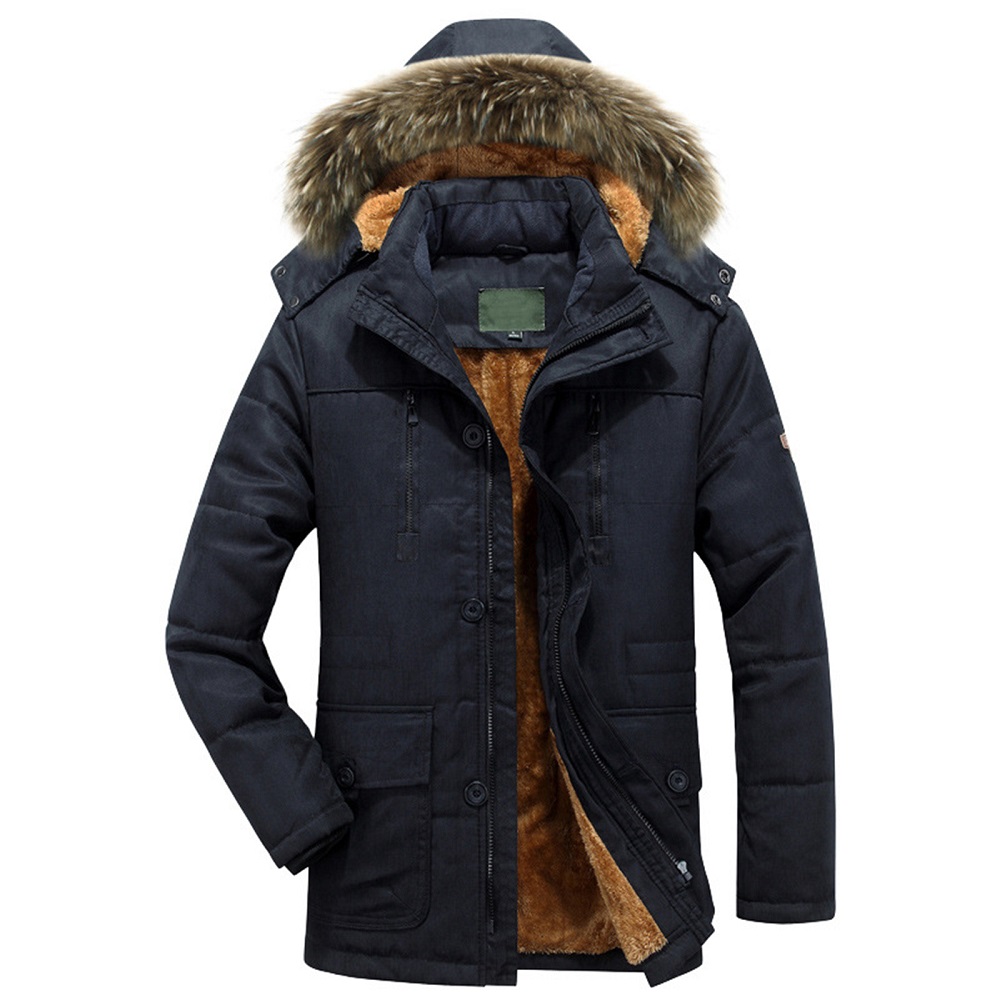The Evolution of the Field Coat
The field coat has a storied past, embedded in practicality. Once a staple for military personnel, it was designed for durability and comfort in tough conditions. With time, it crossed over to civilian use, gaining popularity among outdoorsmen for its robust build and ample storage. As it entered mainstream fashion, designers began experimenting with materials, cuts, and colors.
The original field coats favored function over form, featuring heavy-duty fabrics like canvas and wool. Pockets were large and numerous, intended for gear and supplies. The classic military green dominated, but shades branched out as civilian interest grew.
Post-war, the field coat became a symbol of rugged individualism. It started to feature in movies and magazines, influencing public perception. Variation in design became common, with some focusing on minimalist aesthetics while others maintained their utilitarian roots.
In the recent years, the field coat seamlessly blended with urban style. The once straightforward design now sees variations with tailored fits and modern textiles. Fashion-forward individuals and outdoor enthusiasts alike embrace the evolved field coat. Its journey from military uniform to fashion staple shows adaptability and the timeless demand for practical clothing.
Throughout its evolution, the field coat has remained versatile and resilient. Each iteration builds on its heritage, ensuring it stays relevant in the ever-changing world of fashion and utility clothing.
Key Features of a Functional Field Coat
A functional field coat must meet certain key criteria to serve its purpose well. Here are the essential features to look for:
- Durable Material: The most robust field coats come in materials such as waxed canvas, leather, or heavy-duty nylon. These fabrics withstand rough outdoor conditions.
- Ample Storage: Multiple pockets are a hallmark of a good field coat, providing space for essentials like maps, tools, or personal items.
- Weather Resistance: Look for water-resistant or waterproof features to stay dry in rain or snow. Many modern field coats include breathable membranes for comfort.
- Comfortable Fit: Adjustable features such as cinch waistbands or wrist closures can help tailor the fit to your body for ease of movement.
- Versatile Design: A field coat should work well in various settings. Look for a design that transitions seamlessly from the outdoors to casual urban wear.
- Insulation: Depending on the climate, some field coats come with thermal linings for added warmth. Choose according to the typical weather you’ll face.
Each of these features contributes to the practicality and longevity of a field coat. When combined, they create a garment well-suited for outdoor adventures and everyday use alike. Ensure that your chosen field coat matches your needs for both function and fashion.
Top Trends in Field Coat Styles for 2023
In 2023, field coat styles have seen fresh updates. Here’s what’s trending:
- Bold Colors: Gone are the days of just military green. Vibrant blues, deep reds, and even yellows make a statement.
- Mixed Materials: Designers mix canvas with leather or introduce synthetic fibers for a modern twist. This also enhances durability and comfort.
- Eco-Friendly Fabrics: Sustainability drives fashion. Recycled materials feature prominently in the latest field coat designs.
- Smart Storage: Beyond basic pockets, new field coats offer smart compartments for tech like smartphones and tablets.
- Sleek Cuts: Tailored, slim-profile coats are in. They maintain utility while offering a more flattering fit.
- Versatile Layers: Field coats now come with removable linings or hoods, perfect for adapting to changing weather.
These trends merge practicality with the pulse of current fashion. Choose a field coat that resonates with your style while keeping function in mind.
Choosing the Right Field Coat for Different Outdoor Activities
When selecting a field coat for outdoor activities, consider the specific environments and activity demands. Different terrains and weather conditions call for different features. Here’s how to choose the right field coat:
- For Hiking: Look for lightweight yet durable materials that offer breathability. Include enough pockets for trail essentials.
- For Hunting or Fishing: Prioritize coats with silent fabrics and camouflage options. Waterproof features are vital for staying dry.
- For Bird Watching: Subdued colors blend with the environment. A hood and high collar protect against the elements.
- For Urban Exploration: Choose sleek cuts and versatile designs that pair well with city wear while still providing practicality.
- For Cold Weather: Insulation is key. Heavily lined coats with thermal properties keep you warm in freezing temperatures.
- For Camping: Look for rugged construction with plenty of storage. Detachable layers adapt to temperature changes.
Every outdoor activity has unique requirements, and the right field coat can elevate your experience. Keep these tips in mind to match your coat to your favorite pursuits.
Balancing Practicality and Style in Field Coat Design
When it comes to field coats, practicality and style don’t have to be at odds. To strike the right balance, we must assess both the functional needs and the fashion desires. Here are key points to keep in mind:
- Start with the Essentials: Always ensure that the field coat meets the basic criteria of durability and weather resistance. Choose materials and features that can withstand the outdoor elements. This sets a solid foundation for functionality.
- Consider the Cut: Sleek cuts are fashionable, but they must not impede movement. Look for designs that are tailored yet offer freedom for physical activity. A coat that hinders movement will lose its practical edge.
- Pick Your Palette: While bolder colors are in vogue, remember that shades like forest green and earth tones offer versatility. They can seamlessly transition from a nature hike to a casual city stroll. Yet, don’t shy away from blues, reds, or yellows if they match your personality.
- Detailing for Style: Subtle design elements like contrasting buttons or zippers can add a touch of style without compromising the coat’s utility. Such details can make a field coat stand out without reducing its practicality.
- Flexible Features: Adjustable cuffs, detachable hoods, and pockets are both stylish and practical. These features allow you to modify your field coat for different settings and needs.
- Layer Up: Removable linings and layers offer adaptability, making your coat suitable for various climates. This design choice is both a style element and a practical aspect for outdoor enthusiasts.
Your field coat should be a reflection of your lifestyle—a harmonious blend of utility and aesthetics. By prioritizing practical features without ignoring fashion-forward elements, you can have the best of both worlds in your field coat design.
The Impact of Sustainability on Field Coat Fashion
Sustainability is reshaping field coat fashion dramatically. Eco-conscious consumers now drive demand for environmentally friendly options. Designers are responding with innovative solutions.
- Recycled Materials: Modern field coats often feature fabrics made from recycled plastics and other sustainable sources. These materials reduce waste and lower environmental impact.
- Organic Fibers: Many brands are turning to organic cotton and wool. These natural fibers are farmed without harmful pesticides, supporting eco-friendly agriculture.
- Durable Construction: Long-lasting design lessens the need for frequent replacements. This means fewer coats end up in landfills over time.
- Ethical Production: Fair trade practices are gaining traction. More companies ensure that field coats are made with respect for workers’ rights.
- Low-Impact Dyes: The use of dyes with a reduced chemical content minimizes water pollution.
- Efficiency in Production: Advanced manufacturing techniques are cutting down on energy use and carbon footprint.
The sustainability trend encourages us to make mindful choices. When shopping for a field coat, consider its lifecycle and environmental effect. By doing so, you contribute to a healthier planet while still enjoying robust and stylish outdoor wear. This blend of practicality, style, and sustainability is the future of field coat fashion.
How to Accessorize Your Field Coat
Accessorizing your field coat can enhance both its style and functionality. Here are simple yet effective ways to do so:
- Scarves and Neck Gaiters: These add warmth and can introduce color or pattern. Opt for wool or fleece for colder climates.
- Hats: Choose a wide-brimmed hat for sun protection or a beanie for warmth. Match the hat with the color of your coat for a coordinated look.
- Gloves: Leather gloves bring an elegant touch, while technical fabrics offer grip and durability.
- Belts: A belt can define your waist and change your coat’s silhouette. Select a belt that complements the coat’s style.
- Pins and Badges: Add personality with pins or badges. These small additions can reflect your interests or travels.
- Watches: A rugged, waterproof watch looks good and is practical for timing hikes or other activities.
- Footwear: Sturdy boots can complete the outdoor look. For urban style, try sneakers or leather shoes.
- Bags: A leather satchel or canvas backpack pairs well with the field coat. They are practical for carrying essentials.
Choosing the right accessories can give your field coat personal flair. Go for items that serve a purpose and match your style. Keep it simple for the best blend of practicality and fashion.
Care and Maintenance Tips for Durable Field Coats
Caring for your field coat correctly extends its life and maintains its style. Follow these practical tips:
- Read the Label: Begin by checking the manufacturer’s care instructions. This will guide you on how to wash and dry your coat properly.
- Spot Clean: Address spills and dirt as soon as possible. Use a damp cloth for small stains. Avoid harsh chemicals.
- Washing Guidelines: If machine washable, use a gentle cycle with cold water. For sturdier materials, hand washing might be safer.
- Mild Detergents: Opt for a mild detergent. It cleans without damaging the fabric or stripping off water-resistant coatings.
- Air Dry: Hang your field coat to air dry. Do not wring it out as it can damage the material. Keep it out of direct sunlight too.
- Reapply Treatments: For water-resistant coats, reapply treatments after a few washes. This maintains its waterproof qualities.
- Storage: Store your field coat in a cool, dry place. Use a hanger to keep its shape. Avoid plastic covers as they can trap moisture.
- Regular Checks: Inspect your coat often for signs of wear. Fix small issues before they become big problems. Look for loose buttons, torn seams, and weak zippers.
Careful maintenance enhances your field coat’s performance and style. Treat it well, and it will serve you on many adventures outdoors.



